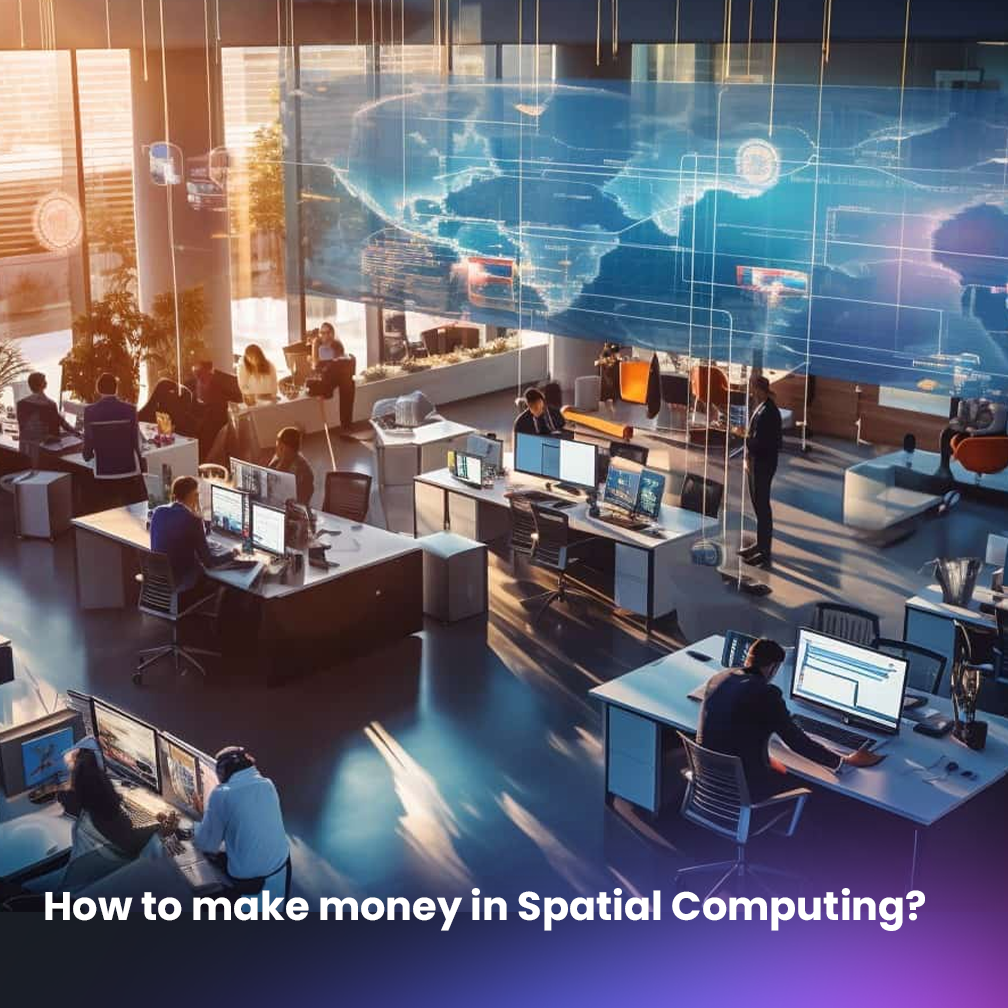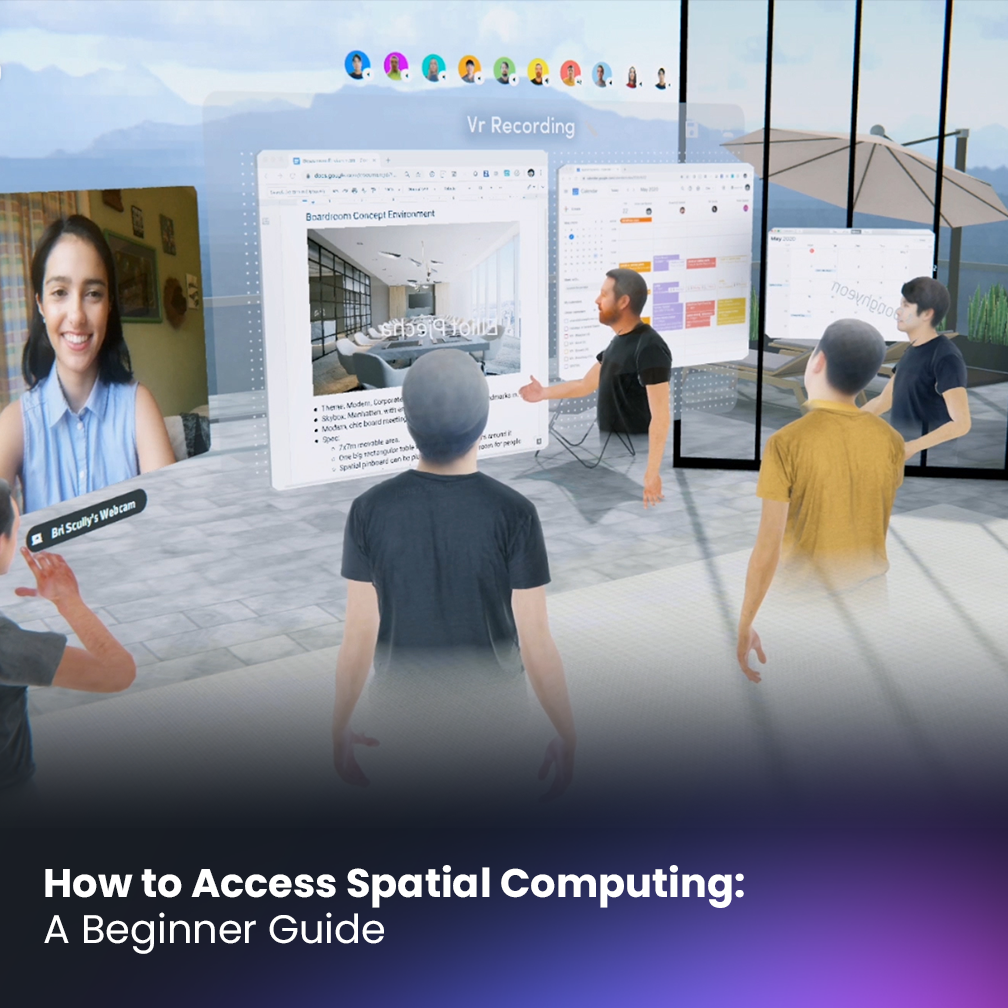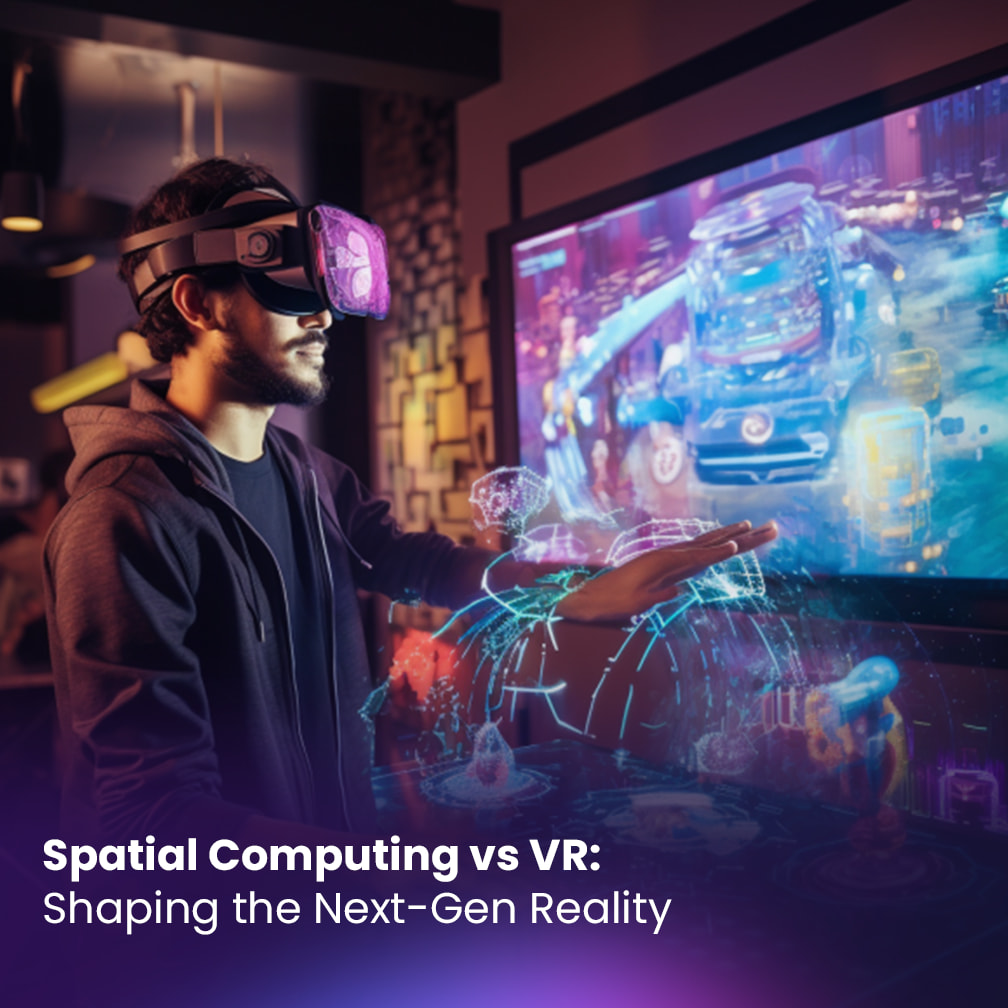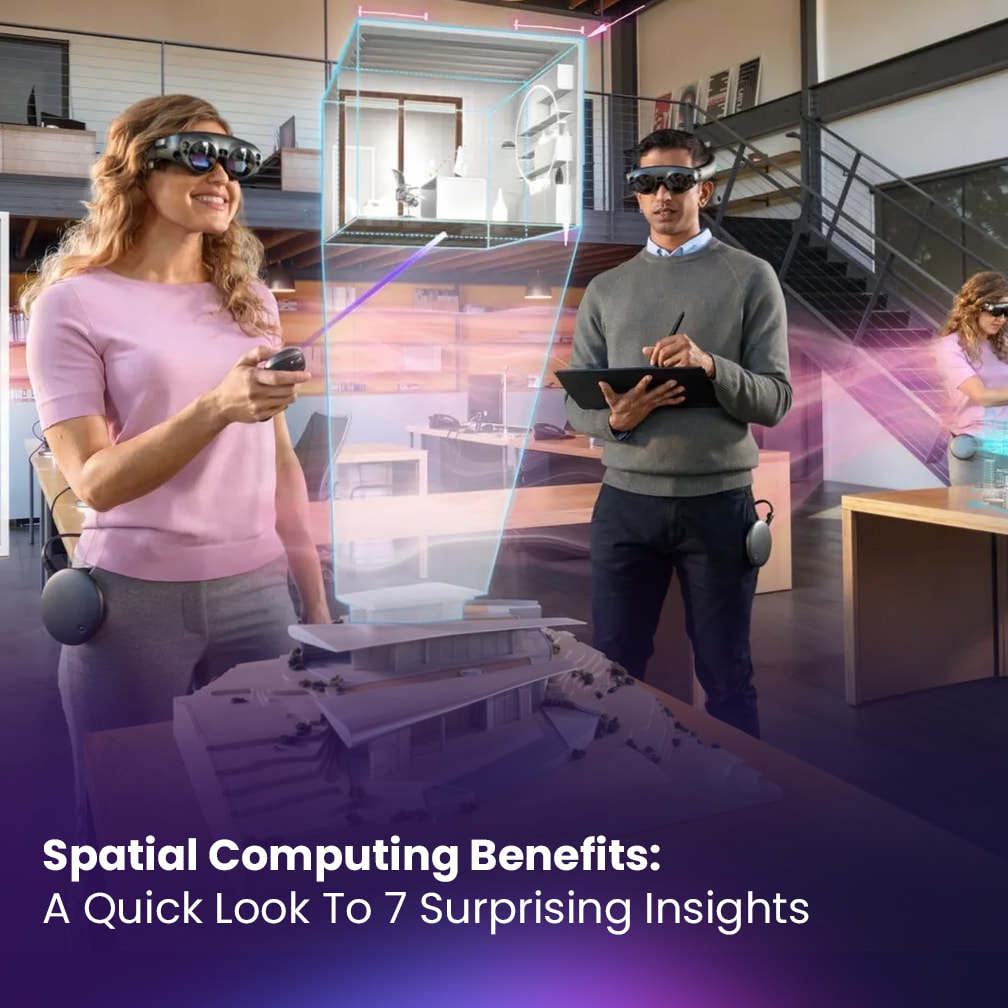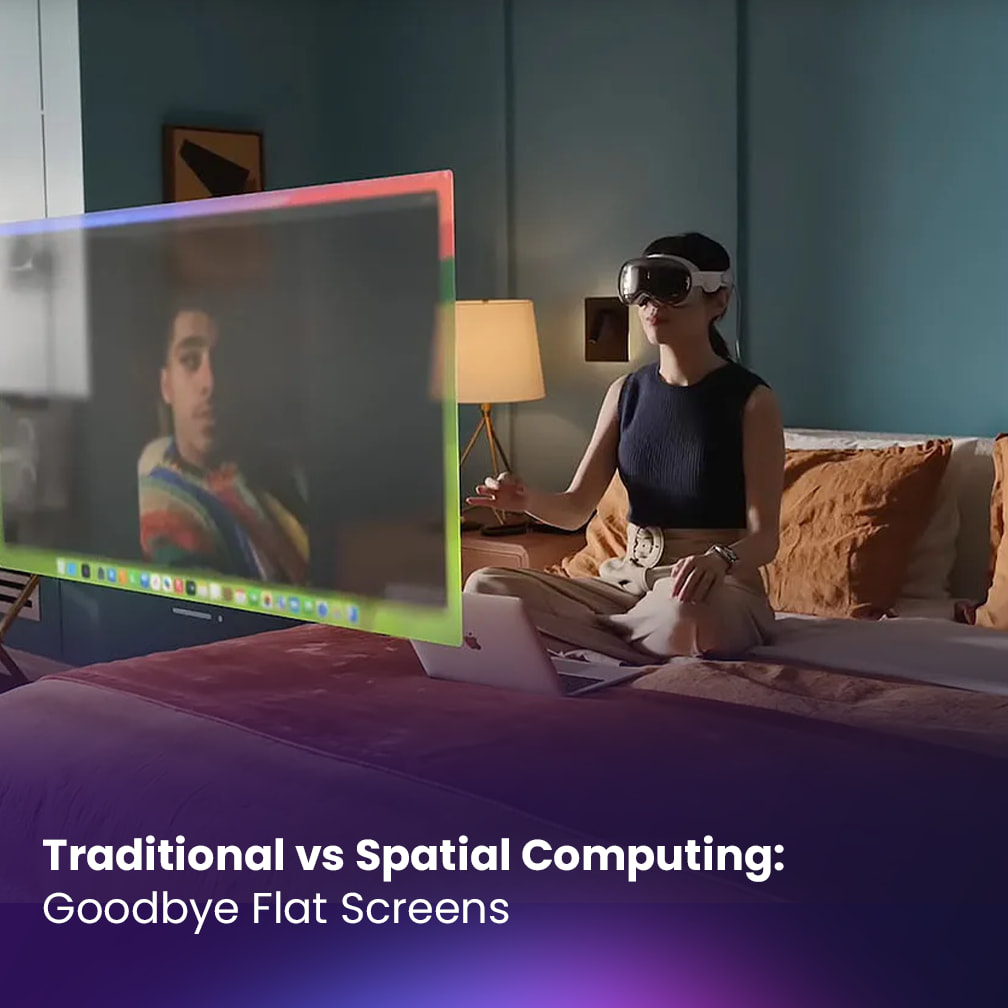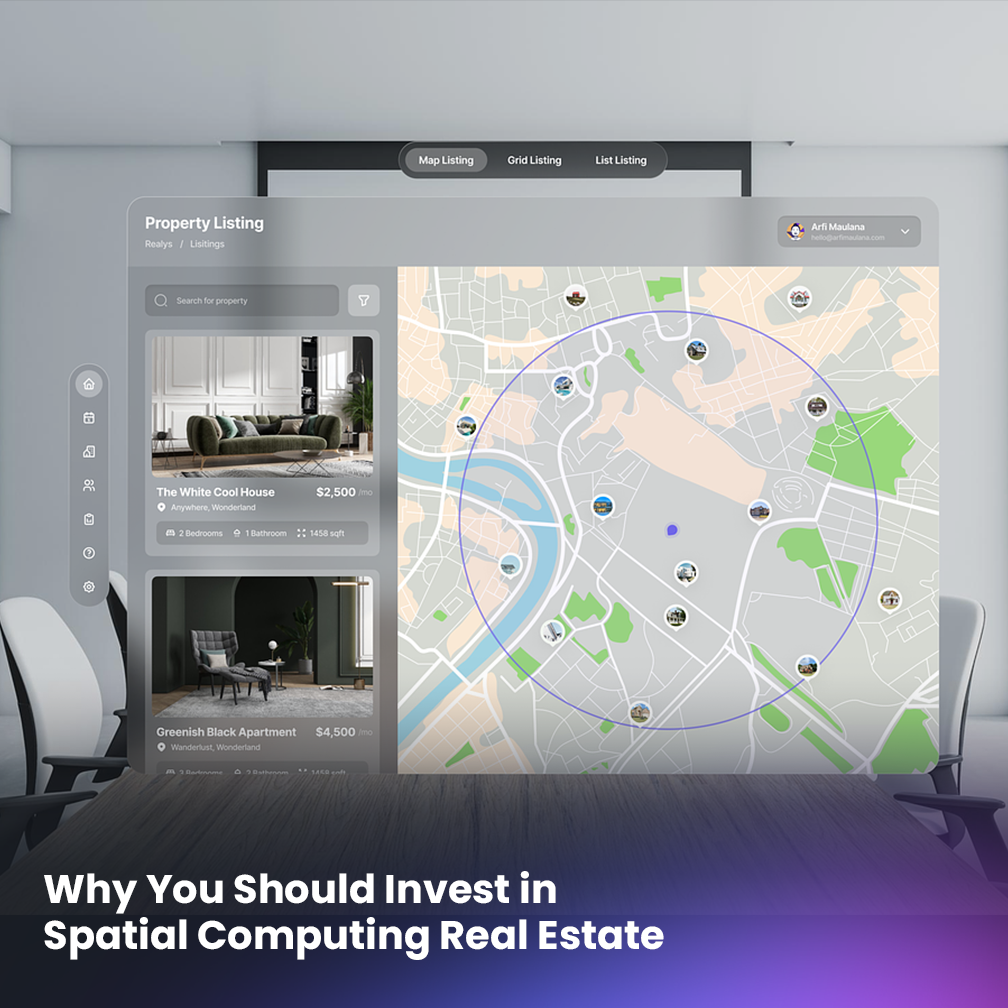
Estimated reading time: 8 minutes
Spatial computing might be considered a relatively new concept. But it is not as new as you think. It’s been a long time since people have been working on it and building whole worlds. Investing in spatial computing, especially in spatial computing real estate, has the potential for very high returns. That is why spatial computing has attracted many investors and has become a hot topic.
Spatial computing is one of the most rapidly growing economies in the world. The immersive and engaging nature of the virtual world has blurred the boundaries between the real and the virtual worlds. That is why many big names and companies are already developing their virtual presence in spatial computing through making investments. But like any other form of investment, investing in spatial computing might pose risks to individual investors.
In this article, we give you a comprehensive guide to Spatial Computing Real Estate, defining what it really is, how it works, and what its challenges and risks are. Equipping yourself with the necessary knowledge of the field allows you to benefit from a lucrative investment that is worth the potential risks.
What is Spatial Computing Real Estate?

Real estate in spatial computing refers to pieces of domains in the virtual world. While the domain is merely pixels in the virtual world and does not have a physical form in the real world, spatial computing property is far beyond just a digital image.
Teleport Plaque Address (TPA) in spatial computing is a domain space in the virtual world that can be used for a multitude of purposes. TPAs are actually domains that people can use to open online stores, socialize, hold events, play games, or even build a home on it.
In other words, real estate in spatial computing provides people with a place to connect and socialize with people around the globe. Just like physical property, TPAs can be developed to your own liking. It can also be rented or leased.
In Decentraland’s first land auction in 2017, a domain was sold at an average price of $20. In 2021, the same parcels of domain were sold for an average price of above $6,000. In recent years, spatial computing real estate prices have witnessed a boom. Hence, investing in it can be a huge opportunity for earning profit.
Benefits of Investing in Spatial Computing Real Estate

As we mentioned earlier, spatial computing property provides a place for people to connect, socialize, and transact in the virtual world. Spatial computing provides a seamless experience that allows people living in different parts of the world to communicate with each other. Here are some of the purposes that real estate in spatial computing can be used for:
- Individuals can use their TPA to socialize, play games, etc.
- Brands can use their TPA for advertising, provide unique customer experiences, hold product launch events, or even sell virtual or physical products.
- Investors can flip or lease their TPA or decide to rent it out.
- TPAs can be used for virtual tourism. Visitors can use their VR headsets to visit various places and have an immersive experience.
- Spatial computing property can be used as venues for holding events such as conferences, concerts, parties, casinos, art galleries, and many more.
These were only a few of the purposes that can be named for spatial computing property. Of course, individuals and companies can go creative and find novel ways of benefiting from the TPAs they have purchased.
The market for virtual real estate is only getting bigger. Spatial computing property prices rose 700% in 2021, and the overall market reached $500 million. With the positive outlook on spatial computing growth, companies have been heavily investing in virtual domains.
As the popularity of real estate in spatial computing continues to grow, its value is forecasted to have a CAGR of 31.2% from 2022 to 2028.
So, is a domain in spatial computing a good investment? Digitized domains offer a lucrative opportunity for the ones who are smart enough to invest in it at the right time and in the right way.
Risks of Investing in Spatial Computing Real Estate

Due to its relative newness, investing in spatial computing can pose certain risks aside from its potential profit.
Although the growth of the virtual world is very promising, no one can predict exactly how the industry will grow. That is why investors must take caution if they want to invest in virtual real estate.
First of all, physical land in the real world gets valued or devalued due to market conditions, the environment, etc. But, all these tangible factors of the physical have no impact on spatial computing real estate. So, the only variable that impacts the value of the real estate in spatial computing is the volatility of cryptocurrencies. That is why spatial computing investors must understand the volatility of digital assets and always bear in mind that their investments could be at risk of becoming illiquid or worthless if the value of the spatial computing asset suddenly drops.
Or in other cases, if a spatial computing platform decides to go offline permanently, the real estate in them would also become nonexistent.
Spatial computing investors also must be aware of the high fees associated with spatial computing marketplaces and ensure that they can cover these costs.
In addition, individuals must consider that investing in a virtual reality world comes with inherent security risks due to the use of blockchain technology.
Spatial computing investors must ensure that they are taking appropriate steps to protect their spatial computing holdings, such as using two-factor authentication.
One great rule of thumb for investors to follow is to always remain up-to-date with the various regulations governing spatial computing trading as well as the latest news in order to minimize the legal risks associated with their investments.
How to Buy Spatial Computing Domains
Buying a virtual domain shouldn’t be much of a hassle. If you are familiar with the principles of digital or spatial sales, buying real estate in spatial computing won’t be difficult for you.
Spatial computing platforms can be easily accessed through a desktop or mobile platform. Interested buyers can view snapshots of available land along with its specifications, such as location, utilities, transaction history, etc.
So, if you are interested in purchasing domains, you might either look at spatial computing’s own marketplace or a secondary spatial platform like OpenSea and Binance.
Here are the steps you need to take in order to purchase spatial computing real estate:
- Create a digital crypto wallet – you need digital money to buy a property in spatial computing. A digital wallet is necessary for you to hold your digital money and assets. You need to make sure the crypto wallet you go for supports the currency of the virtual platform you want to buy from.
- Buy cryptocurrency – in order to complete a transaction in spatial computing, you need to have the currency of that platform. Some of the popular currencies or ETH, MANA, or SAND that you can buy from exchanges such as Binance or Coinbase.
- Choose a spatial computing platform – you can compare and contrast available spatial computing platforms. You can choose to buy land on platforms such as Decentraland or Sandbox, or if you are interested in TPA (teleport plaque address), you can visit Stage Meta.
- Make your purchase – once you have your digital money in your wallet and you have decided on the platform and the land you wish to buy; you can go ahead to make the purchase. Once your transaction is confirmed, you should be able to see your land as an asset in your wallet.
As simple as the steps above, you can start to invest in spatial computing real estate. You can now choose to hold on to your property, build something in it, flip and resell it, or rent it out for a steady stream of income.
Where to Buy Spatial Computing Domains
In the previous section, we mentioned that you need to choose a platform to buy domains from. These spatial computing platforms are exactly the place where investors can buy spatial computing real estate. In what follows, we give you a preview of the most popular spatial computing platforms where you can buy land:
Decentraland – this spatial computing platform has the most expensive sales with plots of domains up to millions of dollars. It is a 3D VR platform built on the Ethereum blockchain. Ownership of domain parcels is given through LAND assets. To purchase LAND, users must have MANA tokens.
Sandbox – this spatial computing currently owns approximately 62% of the entire virtual real estate market. LAND in Sandbox currently costs an average of $11,000 with premium lots selling between 20 to 30 thousand dollars. The utility token of this platform is SAND.
Stage Meta – Stage Meta is the largest spatial computing platform developed especially for online businesses. It currently consists of Teleport Plaque Addresses that can be activated in spatial computing devices like Apple Vision Pro and Meta Quest. Stage Meta is based on decentralized blockchain networks and currently supports Ethereum.

